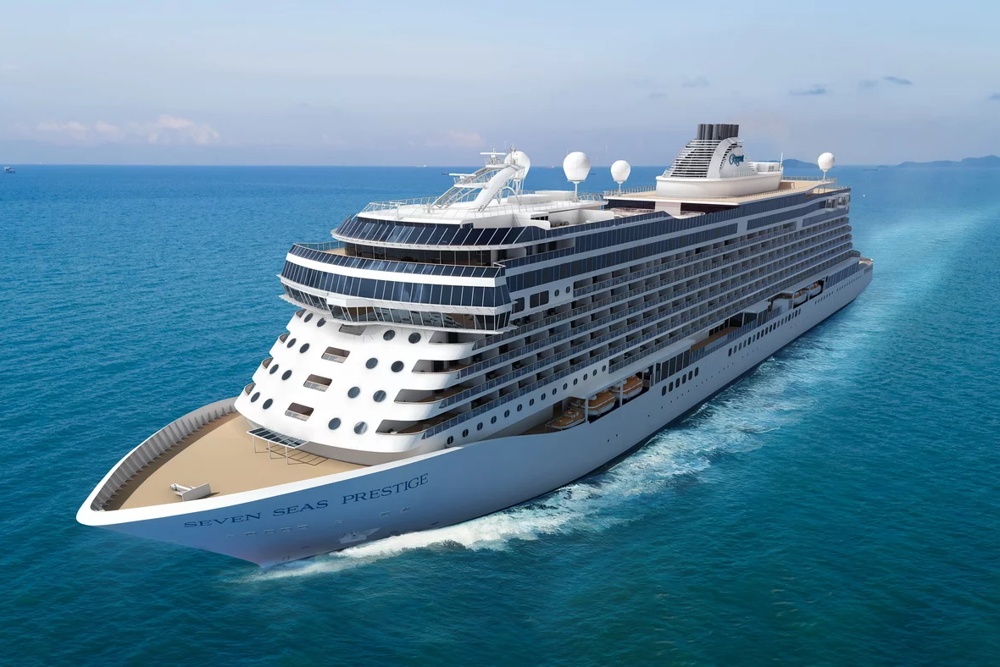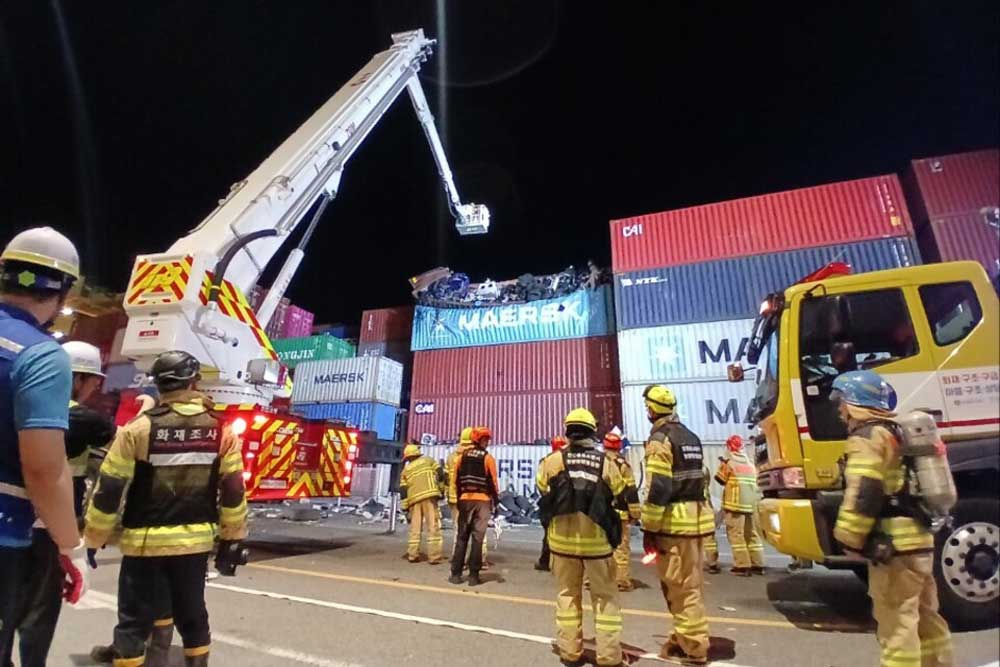The Dutch offshore shipping company Windcat and the shipbuilding group Damen Shipyards are intensifying their cooperation and jointly developing a new class of Multi-Purpose Accommodation Support Vessels (MP-ASV).
The contract for the first unit was signed on Tuesday at the Offshore Energy Conference in Amsterdam. In addition, both partners secured options for five further vessels. The new series will be marketed as the Innovation Series and combines a large working deck, a heavy offshore crane, ROV capabilities and energy-efficient propulsion with high-quality accommodation for offshore personnel.
The new class builds directly on the experience gained from the collaboration on the Elevation Series CSOVs, but goes significantly further in terms of design. Although the designs use components and suppliers from the previous CSOVs, at 102 m long and 20 m wide, the ships are noticeably larger. The working deck covers 750 m², supplemented by a 150 t subsea crane and facilities for deploying and recovering ROVs. This will enable service, installation and mission tasks in various areas of offshore energy to be carried out more efficiently in future.

Dual-fuel hydrogen unit for operation with hydrogen
Windcat and Damen are once again focusing on a low-emission, hybrid solution for the propulsion system. A battery system with 3981 kWh is planned, which enables several operating modes such as peak shaving via a DC grid and keeps the main engines in the optimum load range – especially during DP maneuvers. This is supplemented by a dual-fuel hydrogen genset that allows operation with hydrogen. Windcat, part of the CMB.TECH Group, is thus consistently pursuing its strategy of reducing CO₂ emissions in offshore operations.
For offshore operations, the MP-ASVs offer space for up to 190 people for assignments of at least 28 days. Access to offshore structures is via a motion-compensated gangway, which can also be operated in a fixed position. The interior areas are designed with a focus on ergonomic routes, high-quality materials and a layout that is intended to increase comfort and reduce stress such as seasickness or fatigue.
Technically, the new buildings rely on a “DP2+” system. In addition to the azimuth thrusters, one tunnel thruster is provided in the bow and one in the stern. DP2 operation remains possible even if one drive fails – an advantage particularly for work in remote offshore regions.
“Our collaboration with Windcat is a good example of how Damen works. Together with customers who share our values and goals, we are looking for innovative next-generation solutions and setting new standards in safety, efficiency and sustainability. This has already proven very successful with the first six vessels in the Elevation series. We are delighted with this new order, which represents another step forward. I look forward to continuing to work with Windcat as we develop the Innovation series over the coming years,” emphasizes Damen Sales Director Joost van der Weiden.
Construction of the first unit is scheduled to start in February 2026 at the Ha Long shipyard in Vietnam, where the CSOVs for Windcat are already being built. Delivery is scheduled for 2028.
Windcat currently operates more than 55 crew transfer vessels and one CSOV, with a further six CTVs, five CSOVs and the first MP-ASV under construction. The company is part of CMB.TECH, a maritime group with around 250 vessels in segments such as bulk, tank, offshore and port logistics. The group is investing heavily in alternative propulsion systems and supplies hydrogen and ammonia fuels from its own or external production. The first hydrogen-powered CTVs are already in operation.
















